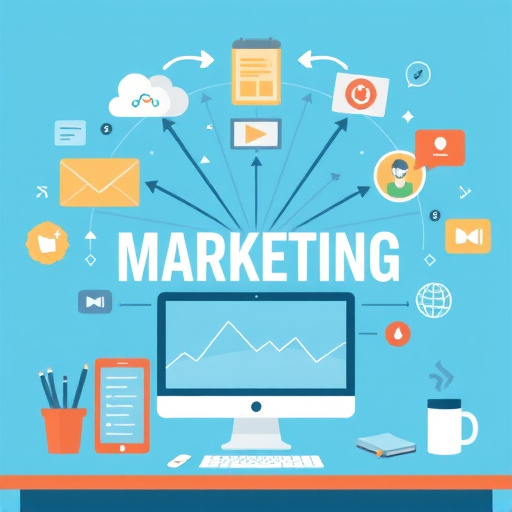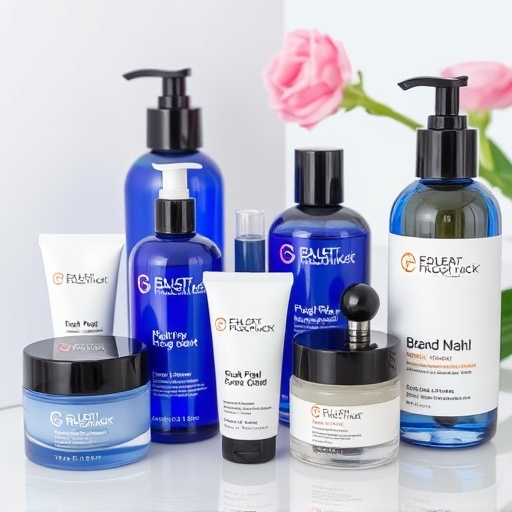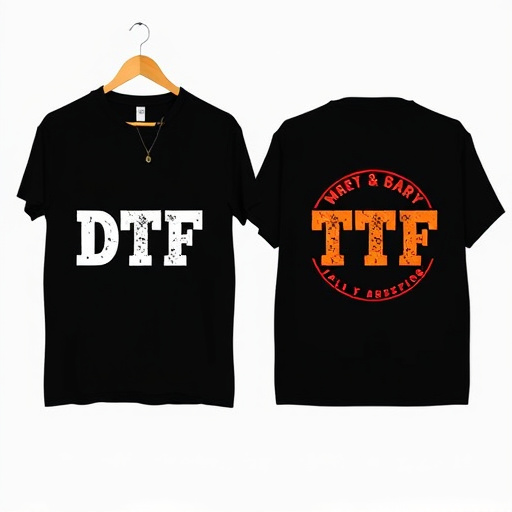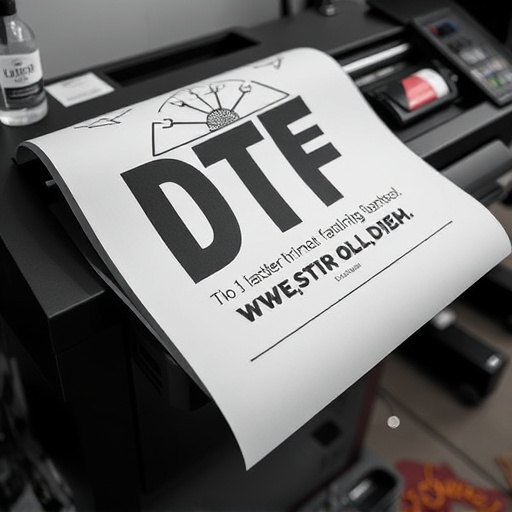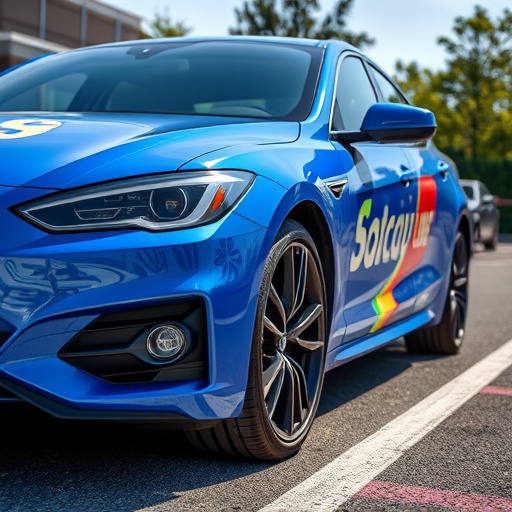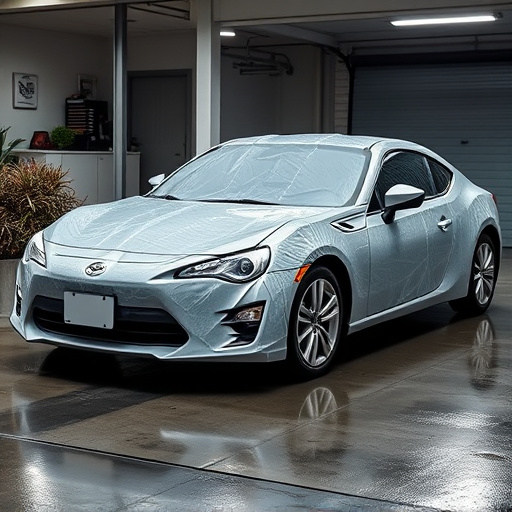TL;DR: Effective repurposing of marketing materials across various channels hinges on mastering design fundamentals, including visual appeal, clear messaging, and channel-specific tailoring. This involves understanding target market preferences and medium characteristics, creating resonant designs that enhance brand identity and capture attention. Responsive design principles and uniform branding elements ensure consistency and clarity, fostering a cohesive customer experience regardless of the marketing channel.
Discover the art of repurposing marketing materials design across channels and amplify your brand’s reach. This comprehensive guide explores essential principles, helping you identify opportunities to maximize creative content. From understanding core design elements to implementing seamless channel integration strategies, learn how to adapt and transform designs for impactful engagement on various platforms. Elevate your marketing with efficient, channel-agnostic marketing materials design tactics.
- Understanding Marketing Materials Design Principles
- Identifying Repurposing Opportunities Across Channels
- Effective Strategies for Seamless Channel Integration
Understanding Marketing Materials Design Principles

Understanding the fundamentals of marketing materials design is a pivotal first step when aiming to repurpose across channels. Effective marketing materials should be visually appealing, clear in messaging, and tailored to the specific medium and audience. This involves understanding your target market’s preferences, the unique characteristics of each channel (like social media or print advertising), and how to create designs that resonate with viewers. A well-designed piece catches the eye, conveys brand identity, and leaves a lasting impression—all essential aspects when repurposing for maximum impact.
In the realm of vehicle enhancement, car customization through wraps is a prime example of repurposing marketing materials design. Vehicle wraps not only serve as mobile advertisements but also demonstrate creativity, attention to detail, and an understanding of visual aesthetics. By adapting design principles from traditional advertising to this innovative vehicle enhancement format, businesses can create compelling visuals that capture attention on the road and in digital spaces alike.
Identifying Repurposing Opportunities Across Channels

Effective Strategies for Seamless Channel Integration

To achieve seamless channel integration for marketing materials design, start by understanding your audience across different platforms. Tailor your designs to resonate with each specific channel’s user behavior and aesthetic preferences. For instance, visuals that work well on social media should be optimized for print or digital display accordingly. Utilize responsive design principles to ensure consistency and clarity in formatting.
Implementing uniform branding elements is another effective strategy. Maintain a consistent color palette, typography, and logo placement across all marketing materials, whether it’s for professional PPF installation promotions, premium automotive services advertisements, or window tinting offers. This unified approach strengthens brand recognition and creates a cohesive customer experience, reinforcing your message regardless of the channel used.
By understanding core marketing materials design principles and identifying repurposing opportunities across various channels, businesses can enhance their reach and engagement. Effective strategies for seamless channel integration ensure a cohesive brand message, making it easier to connect with audiences on multiple platforms. Leveraging this approach not only optimizes resource allocation but also drives stronger results in today’s digital landscape, where consumers interact with diverse media channels.
